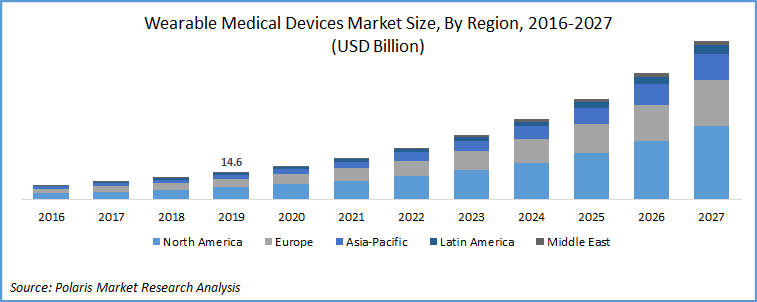The global human microbiome therapeutics market size is expected to reach USD 1,544.6 million by 2027 according to a new study by Polaris Market Research.
Microbiome refers to the residing micro-organisms genomes in the human body, particularly in the gut. The human body comprises more than 100 trillion microbes and around 2 million microbe genomes. These microbiota plays a significant role in the body’s physiological functions and includes viruses, bacteria, and fungi. Primarily it has Bacteroidetes (gram negative) and Firmicutes, commonly Clostridium and Lactobacillus sp. (gram positive). The majority of these are strict anaerobes, with fungi and archaebacteria comprising less than 1 per cent of the total population.
Get Sample Copy : https://www.polarismarketresearch.com/industry-analysis/human-microbiome-therapeutics-market/request-for-sample
 |
| Get PDF Brochure |
The global market is driven by an increased focus on microbiome based early diagnosis of diseases, increase in the prevalence of diseases due to dysbiosis, rising collaborations, and strongly funded government backed microbiome research projects. In November 2019, the Million Microbiome of Humans Project (MMHP) was launched in collaboration with France, Denmark, China, Latvia, Sweden and other countries to co-operate in meta-genomic research. The aim is to create the largest human microbiome database from analyzing more than one million samples gathered from reproductive tract, gut, skin, and other organs in the next few years.
Market participants such as Enterome Bioscience, Biotagenics, Seres Therapeutics, Oxidien Pharmaceuticals, LLC, BoobyBiome, 4D Pharma PLC, UBiome, Carbiotix, E.I. du Pont de Nemours and Company, Finch Therapeutics, GNUbiotics Sciences, ClearB Therapeutics, GoodBelly, GoodGut, Synlogic, Second Genome, 16S Technologies, 5QBD-Biotech, Vedanta Biosciences, Holobiome, Commense, Ferring Pharmaceuticals, Evelo Biosciences, CoreBiome, Igen Biolab Group, ViThera Pharmaceuticals, DermBiont, Hyggut, Embion Technologies, Lactobio, BiomX, Exeliom Biosciences, and LNC Therapeutics are some of the key players operating in the concerned market.
Get Discount Offer : https://www.polarismarketresearch.com/industry-analysis/human-microbiome-therapeutics-market/request-for-discount-pricing
Recently, in July 2020, 4D pharma plc., the UK based pharma company engaged in the development of live bio-therapeutics announced that patient enrollment for its phase II trial of its candidate oral immune-modulator MRx-4DP0004 for patients hospitalized with COVID-19 is open, and dosing to start very soon. The company is world leader in the production of live bio-therapeutics (live microbiome used to cure disease). Its products are the orally delivered single strain bacteria, which are naturally present in the human gut.

